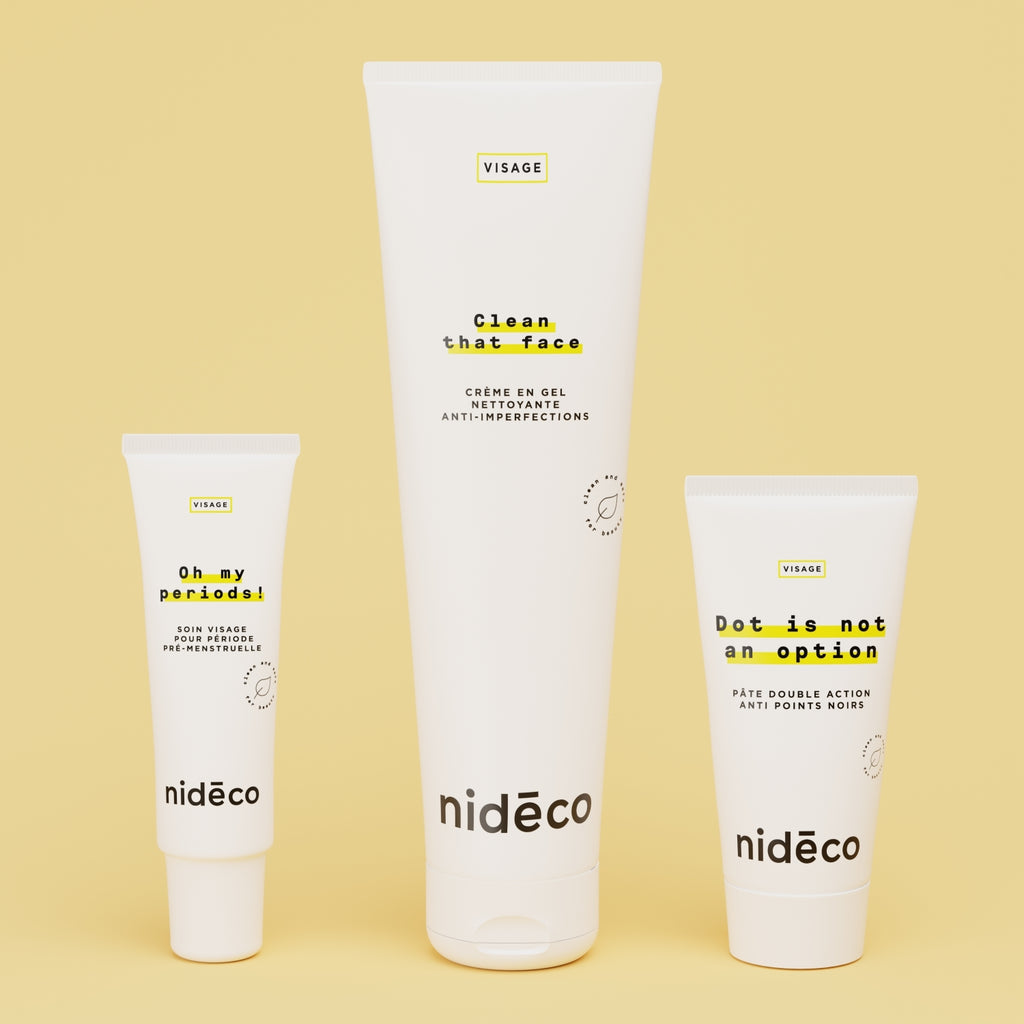Tips and tricks for overcoming venous insufficiency

Venous insufficiency is a common problem affecting many people, often progressively. It is characterized by poor blood circulation in the leg veins, leading to a variety of uncomfortable symptoms. Fortunately, there are several effective ways to manage and prevent this condition. 👉 Here are some tips and tricks to improve the health of your veins and relieve the symptoms of venous insufficiency.
Identifying the symptoms of venous insufficiency
🧐 The first signs of venous insufficiency may be discreet, but it's important to recognize them so you can act quickly. The most common symptoms include:
- Heavy legs Heavy legs: This sensation of heaviness in the legs, often at the end of the day, is one of the first symptoms of venous insufficiency.
- Pain Dull pain or cramps in the calves may occur, especially after standing or sitting for long periods.
- Swelling Ankles and feet may swell, especially in hot weather or after a sedentary day.
- Varicose veins Dilated, tortuous veins may appear on the surface of the skin, indicating poor blood circulation.
- Itchy, dry skin Poor circulation can lead to dry, irritated skin, sometimes accompanied by itching.
Recognizing these symptoms early can help prevent venous insufficiency from worsening.
Modifying your diet to improve vein health
🥦 The right diet is essential to support the health of your veins and improve blood circulation. Here are some nutritional tips to follow:
- Eat fiber-rich foods Fiber helps prevent constipation, a factor that can aggravate venous insufficiency. Fruits, vegetables, whole grains and legumes are excellent sources of fiber.
- Eat antioxidants Antioxidants, found in colorful fruits and vegetables (such as berries, citrus fruits and spinach), help protect veins from oxidative damage.
- Incorporate omega-3 Omega-3 fatty acids, found in fatty fish (such as salmon and mackerel), walnuts and flaxseed, reduce inflammation and improve blood circulation.
A balanced diet, rich in essential nutrients, can play a crucial role in preventing and managing venous insufficiency.
Integrate specific exercises
🤸🏼 Regular exercise is one of the best ways to prevent venous insufficiency and improve blood circulation. Here are some effective exercises:
- Walking Walking at least 30 minutes a day stimulates circulation in the legs and helps prevent blood stagnation.
- Yoga Certain yoga postures, such as legs against the wall (Viparita Karani), promote venous return and relieve heavy legs.
- Stretching Regular stretching of calves and thighs helps keep muscles supple and encourages good circulation.
These exercises are simple to incorporate into your daily routine and can greatly help relieve the symptoms of venous insufficiency.
The importance of hydration
Drinking enough water is essential for maintaining good blood flow and preventing the symptoms of venous insufficiency. Hydration helps fluidify the blood, facilitating its passage through the veins and reducing the risk of stagnation.
💧 Try to drink at least 1.5 to 2 liters of water a day, and increase your intake in hot weather or during intense physical activity. Good hydration is a simple but effective step towards improving your venous health.
Natural remedies like Leg It Go
🤩 Natural remedies can be a great help in relieving the symptoms of venous insufficiency. Among them, the cream Leg It Go cream stands out for its effectiveness.
Product description :
Thanks to its immediate cooling effect, this cream treatment is the best ally for all legs that suffer from swelling, water retention, oedema or even post legs. The main cause of these symptoms is often venous insufficiency, which leads to uncomfortable and sometimes very painful swelling.
Leg It Go offers triple action to relieve heavy legs:
- Ice cube effect Its vasoconstrictive freshness immediately relieves pain and reduces oedema.
- Improved circulation The cream stimulates venous return to drain the legs and prevent future edema.
- Skin hydration With its creamy texture and non-sticky finish, it deeply moisturizes the skin, unlike gels which can dry it out.
Formulated with 96% natural-origin ingredients, it is vegan, made in France and good for the planet with its recycled and recyclable tube. It is also appreciated by health professionals, who include it in their care protocols.
Choose appropriate clothing and footwear
✅ Your choice of clothing and footwear can greatly influence the health of your veins. To avoid compressing veins and promote good circulation, here are a few tips:
- Opt for loose-fitting clothing Avoid pants that are too tight around the thighs and waist, which can impede blood circulation.
- Choose comfortable shoes Shoes with a low heel and good arch support are ideal for reducing pressure on the legs and promoting better circulation.
These simple clothing choices can help reduce the sensation of heavy legs and prevent the aggravation of venous insufficiency.
Relaxation techniques to reduce stress
Stress can exacerbate the symptoms of venous insufficiency. Fortunately, relaxation techniques such as meditation, deep breathing and even yoga can help reduce stress and improve blood circulation.
Taking a few minutes each day to relax and refocus can have a positive impact not only on your mental well-being, but also on the health of your veins.




























